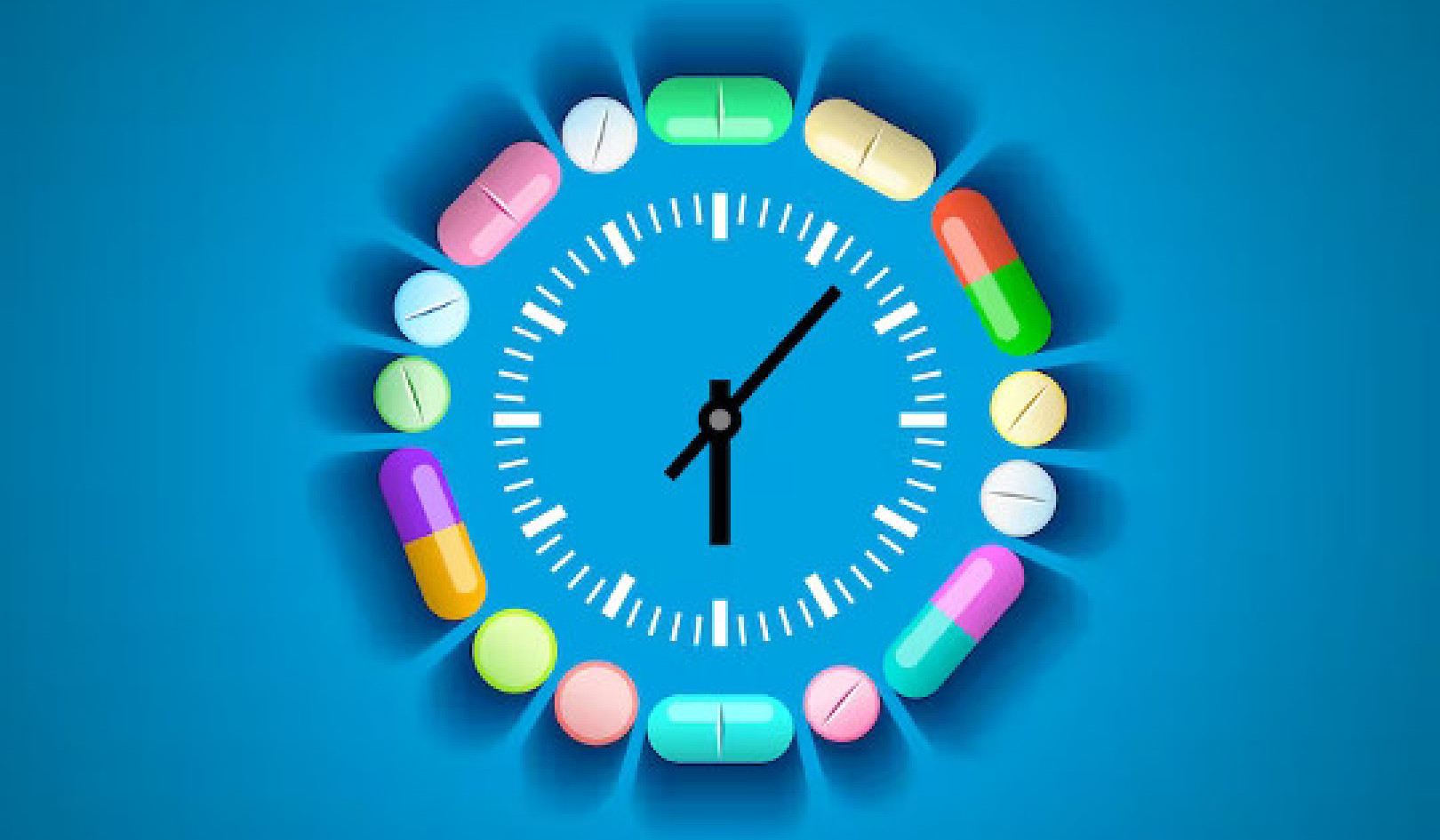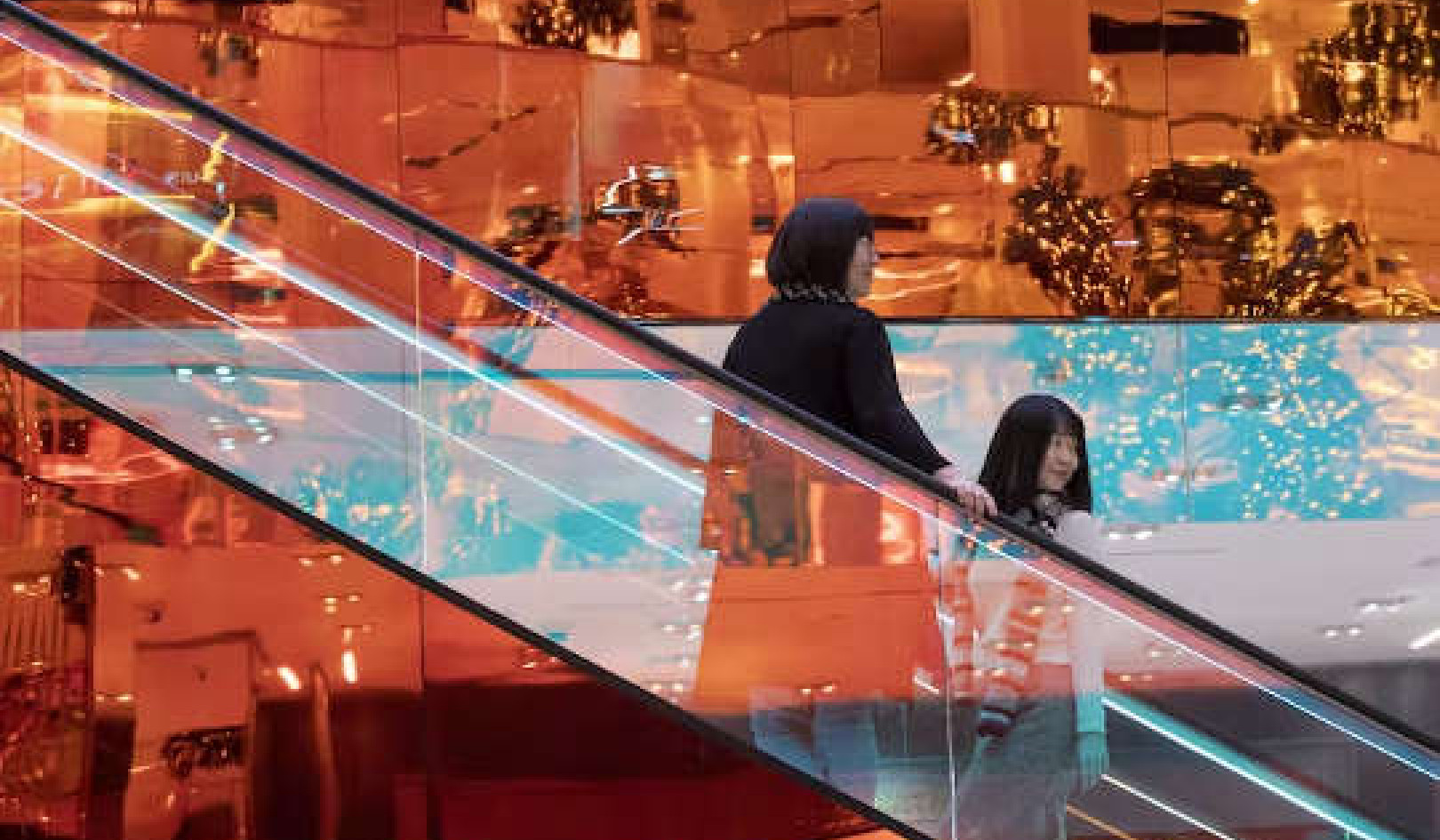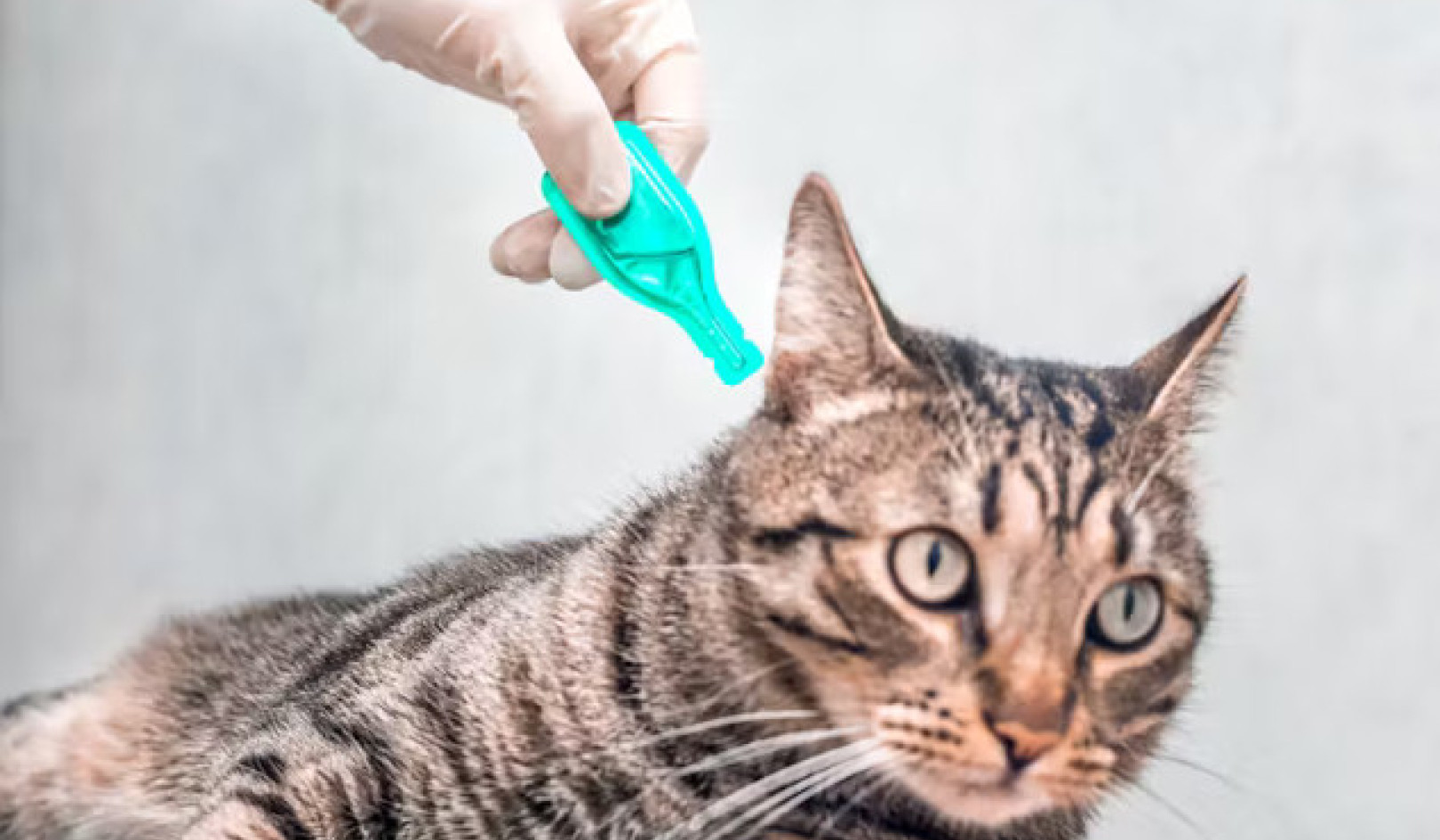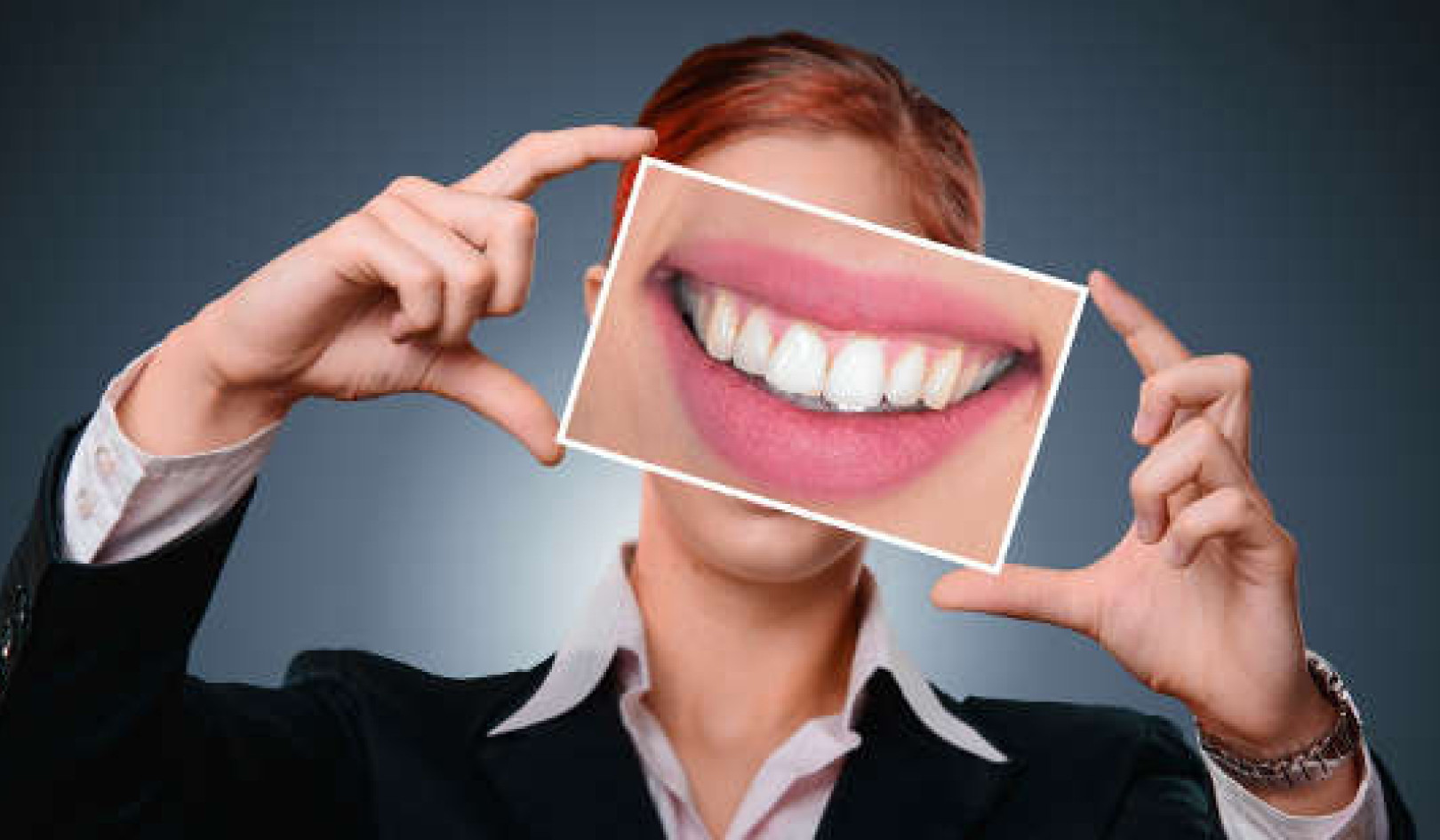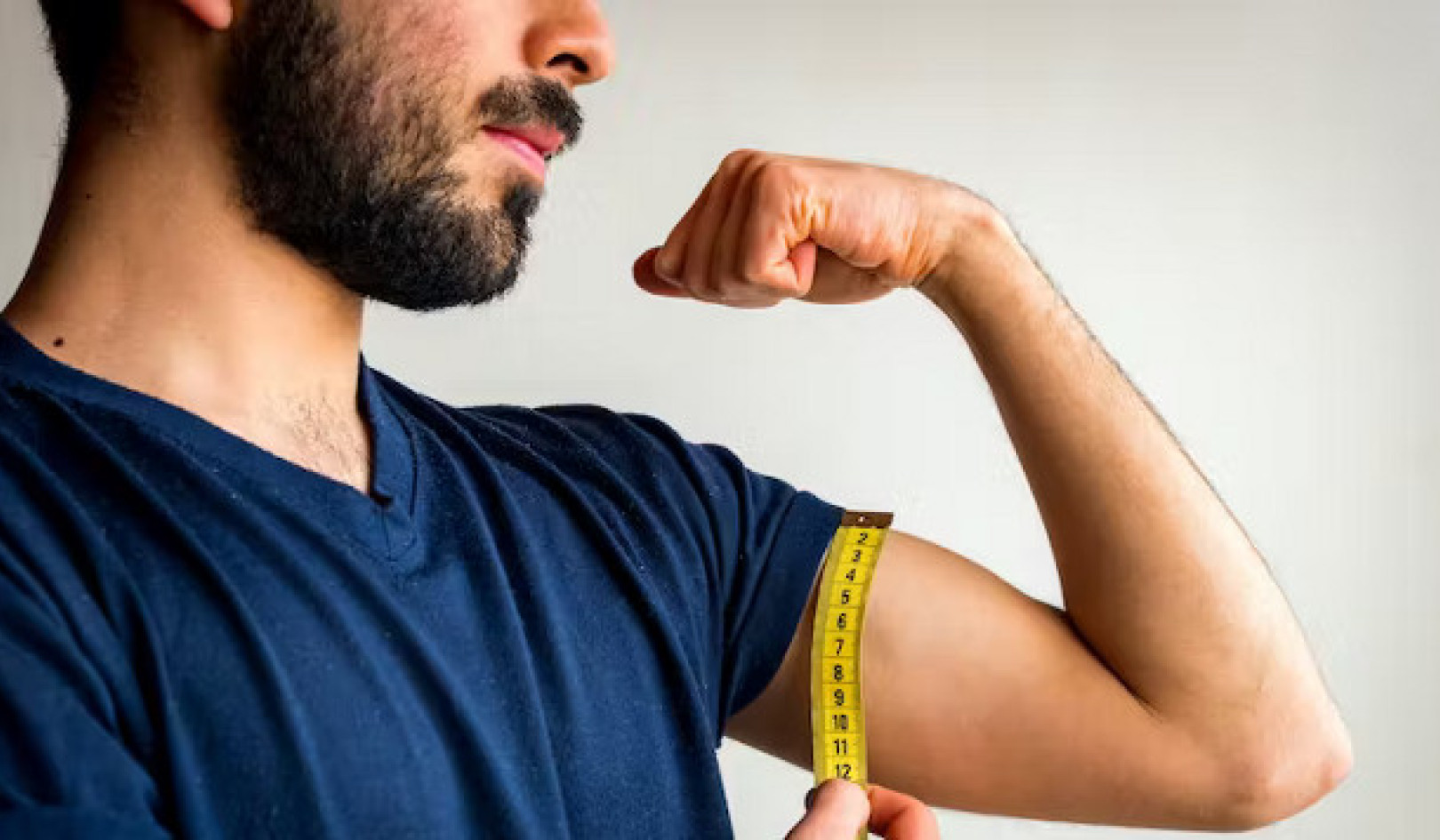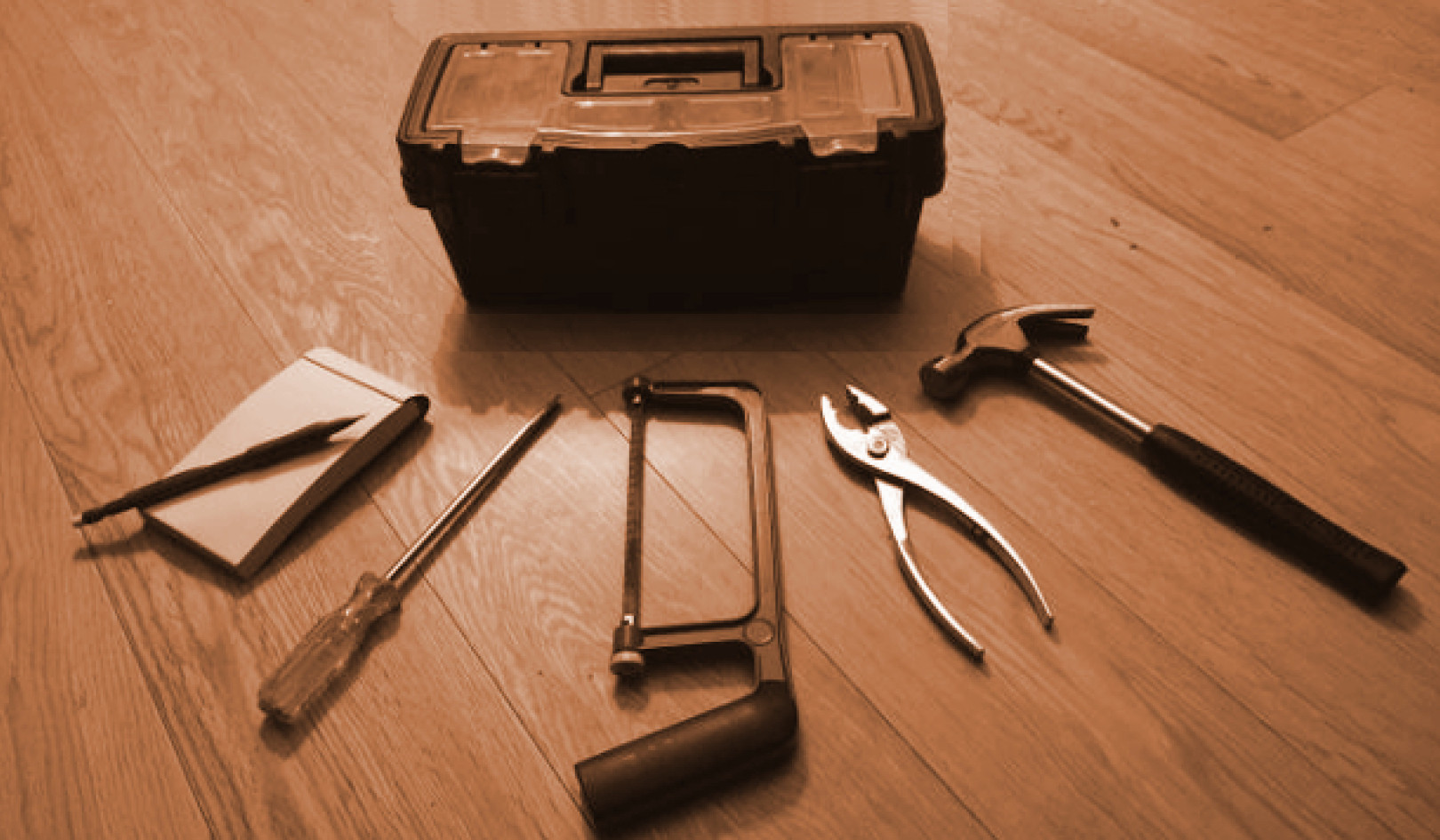Thou knowest not what is the way of the spirit,
nor how the bones do grow in the womb of her that is with child.
-- Ecclesiastes 11:5
Some of our major problems in life result when we get involved in doing things without having a good grasp of what is going on. This is particularly true of medical issues. But while we've been trained to just do what the doctor says, that attitude is changing today. Many of us are no longer willing to take a pat on the head and be told, "Trust me, dear." As educated people, we want things explained and we want to be able to make judgments and appropriate choices. Even if we do end up doing as we're told, we want to do it out of choice, not coercion.
To understand what the various osteoporosis prevention therapies purport to do, we need to understand the details of what goes on in our bones. Let's take a look at the basic facts.
How Bones Develop
How bones develop from a few cells is, like life in general, quite miraculous. In the embryonic stage, they start off as cartilage, something similar to a very firm gel, taking the same shape as the future bones. The cartilaginous skeleton is completely formed at the end of the first trimester of pregnancy. Specialized cells in the center of the long bones, in the diaphysis or "shaft", start actual bone formation growing toward the ends, or the epiphyses, while cells there also begin to ossify, or turn into bone. By the time the baby is born, the bones have hardened most of the way, except for a disk of cartilage between the shaft and the epiphyses. This disk is called the epiphyseal disk or growth disk, and it allows the bones to keep growing until between the ages of 14 and 20, the different bones slowly ossify and fuse the gap to halt growth.
Also during embryonic life, the center of the long bones becomes hollowed out to make room for the cylindrical marrow cavity. In the adult skeleton, the walls around the marrow cavity are dense, hard, and compact, and called, appropriately, compact bone. The epiphyses, as well as the vertebrae, pelvis, and ribs are not so dense, and contain strands of bone that crisscross haphazardly, called trabecular bone; in between these strands there is red bone marrow, which forms red and white blood cells. At birth the marrow in the long bones is red as well, but eventually this is replaced with yellow marrow, which consists of minerals, connective tissue, and fat cells.
What Bones Are Made Of
Bones are composed of a latticed protein grounding or collagen matrix, which comprises about 35 percent of the bone and which gives it its flexibility. This matrix then traps the mineral salt calcium phosphate, which occupies about 65 percent of the bone mass, and which gives the bone its strength. However, even though strong and hard, bones are not the equivalent of stones or rocks. Instead, like the rest of the tissues in the body, they are constantly moving and changing. They are continuously being built up, in a process called deposition or formation, and just as continuously being broken down, a process called resorption. About 5 to 10 percent of bone is replaced yearly in this fashion. From birth until sometime in our twenties, bone is built up faster than it is broken down. Between the ages of twenty-five and thirty, it is considered that we have reached "peak bone mass", and from then on, bone resorption is slightly higher than deposition. At first, we may lose around 0.5 to 1 percent of bone per year. After menopause, bone loss may accelerate to between 1.5 and 5 percent per year, depending on a woman's nutrition, exercise, pharmacological drug intake, and overall health.
Being rich in calcium and hardness is not enough to make bones resistant to fracture. Bones can be dense yet brittle, lacking flexibility, which will cause them to break easily. The collagen matrix is crucial for maintaining flexibility, and may be more essential to preventing fractures than calcium content. In laboratory studies, if a bone is put in an acid bath and all the calcium is removed, it can then be bent and twisted like a tendon; it does not break. On the other hand, a dense, highly mineralized bone that has the collagen matrix diminished can break with slight pressure, or shatter under a sharp blow. For this reason, the tests that measure bone density will not accurately predict the risk for fracture. There are cases of women with demonstrated low bone mineralization, who in spite of repeated falls never break a bone: that is because their bones are flexible.
Bones are a reservoir of numerous other minerals that our bodies need for their day-to-day function, besides calcium. For that reason, the remodeling process is essential to our general health. Our bones, in fact, act a little like a "bank". Nutrients come and go as a continuous "cash flow" of "income" and "expenses". Calcium is the major element in this flow, together with phosphorus, sodium, magnesium, and protein.
The Role of Calcium: Too Little or Too Much
Calcium is the most abundant mineral in the body, and is absolutely essential for many physiological functions. Bones contain about 99 percent of all the calcium in the body; the rest is used throughout the body in functions such as blood clotting, nerve transmission, muscle contraction and growth, heart function, general metabolism, and various hormone functions. In the bones, the calcium is found in the form of calcium phosphate salts, not as pure calcium. About 85 percent of the body's phosphorus is stored in the bones. The ratio of calcium (Ca) to phosphorus (P) in these salts is 2.5 to 1. In addition to the calcium and phosphorus, our bones also store between 40 and 60 percent of our body's total sodium and magnesium.
Let's remember that if a little is good and a deficiency is bad, a lot is not necessarily better; in fact, a lot can be bad too. Lack of enough calcium prevents bone deposition and contributes to thinner bones. Too much calcium can encourage kidney stones and gallstones. Insufficient phosphorus prevents the body from creating the necessary calcium salts and weakens the bones; excess phosphorus in the form of phosphoric acid (found mainly in soft drinks, preservatives, and meats) can stimulate the release of calcium from the bones and thereby weakens them as well.
How Calcium Travels and Why Activity is Essential
The source of both calcium and phosphorus are the foods we eat. First, these foods are broken down in the stomach and duodenum, the upper part of the small intestine; then, as the food travels through the remaining twenty or so feet of it, the minerals are absorbed through the walls of the small intestine straight into the bloodstream. Once in the blood, the calcium can go straight to the bones and be deposited there for storage. Bone resorption takes place as needed, liberating calcium for necessary functions in the blood, muscles, nerves, heart muscle, and elsewhere. Excess calcium that does not go back into the bones gets excreted by the kidneys. Some calcium also remains unabsorbed in the undigested parts of the food and gets excreted.
Since we're comparing the bones to a bank, we need all kinds of helpers (tellers, accountants) to get the money (calcium) from here to there, and can encounter all manner of systems that check excessive growth (fees, taxes). What is the main helper element that keeps this input/output system moving? It's activity. Movement, walking, and the influence of gravity all help the deposition of calcium in the bones. It is well known that sedentary living, being bedridden, and weightlessness (such as that experienced by the astronauts in space), all contribute to the loss of bone mass. Lack of use prevents the deposition of calcium salts, so that the process of mineral resorption slowly uses up the available bone mass. In other words, "Use it or lose it!"
Article Source:
 Food and Our Bones: The Natural Way to Prevent Osteoporosis
Food and Our Bones: The Natural Way to Prevent Osteoporosis
by Annemarie Colbin.
Published by Plume; 0452278066; $13.95US.
Click here for more info or to order Annemarie's recent book: The Whole-Food Guide to Strong Bones.
About The Author
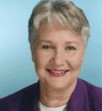 Annemarie Colbin, a food therapist and leading expert on natural food and healing, is the founder of the Natural Gourmet Cookery School and Institute for Food and Health in New York., where she teaches regularly. Her work has been featured in the New York Times, Elle, Good Housekeeping, Natural Health, Longevity, and New Age Journal, and she has been a columnist of Free Spirit since 1988. She has appeared on numerous talk shows, including "Live with Regis and Kathy Lee," "Donahue," and the TV Food Network and is the winner of a National IACP/Seagram Book Award for The Natural Gourmet and the 1993 Avon Women of Enterprise Award. Ms. Colbin lives in New York City with her husband, journalist Bernard Gavzer.
Annemarie Colbin, a food therapist and leading expert on natural food and healing, is the founder of the Natural Gourmet Cookery School and Institute for Food and Health in New York., where she teaches regularly. Her work has been featured in the New York Times, Elle, Good Housekeeping, Natural Health, Longevity, and New Age Journal, and she has been a columnist of Free Spirit since 1988. She has appeared on numerous talk shows, including "Live with Regis and Kathy Lee," "Donahue," and the TV Food Network and is the winner of a National IACP/Seagram Book Award for The Natural Gourmet and the 1993 Avon Women of Enterprise Award. Ms. Colbin lives in New York City with her husband, journalist Bernard Gavzer.


















